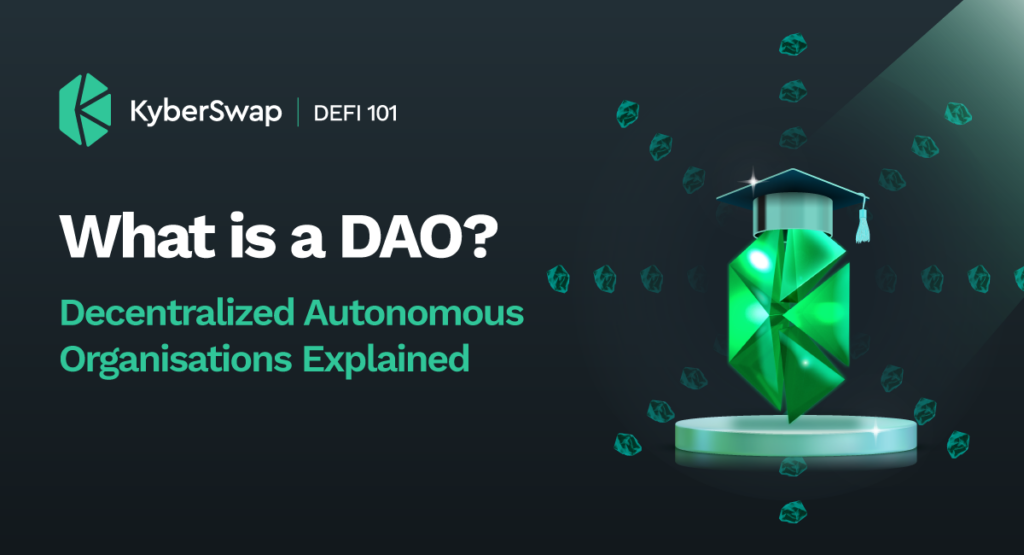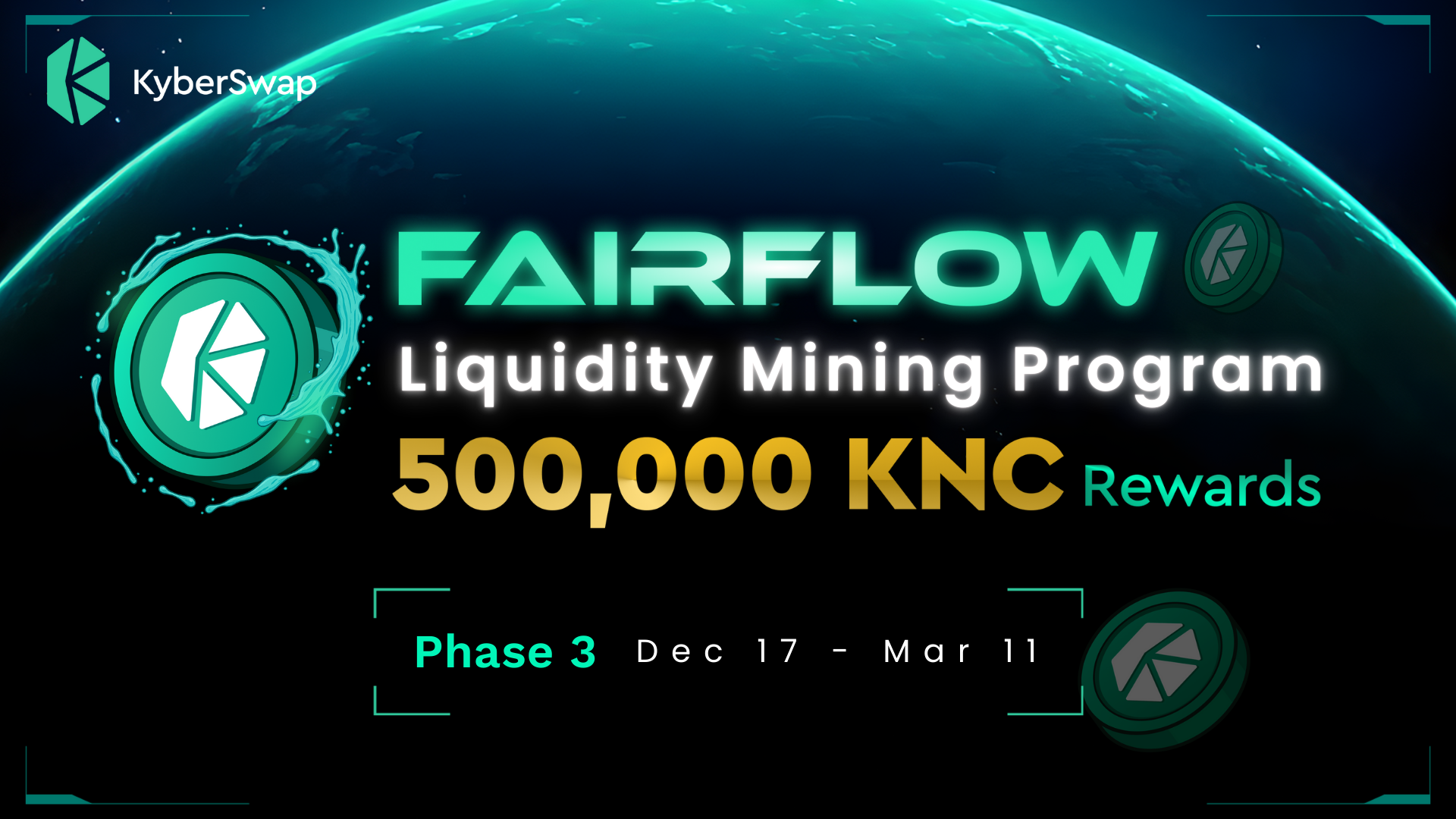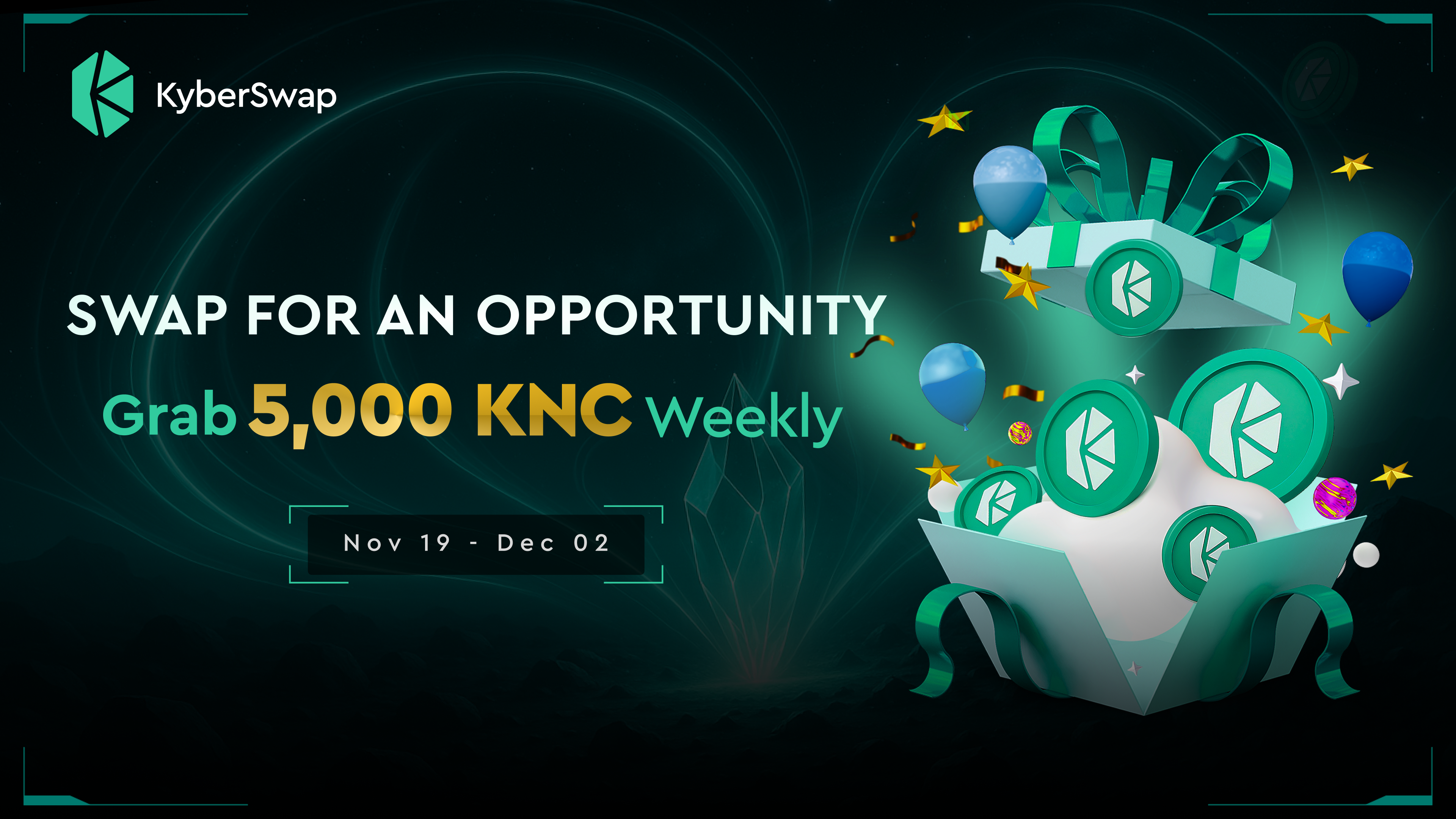In DeFi, almost every project has a DAO. DAO, or Decentralized Autonomous Organisation, is one of the most popular crypto systems and represents one of the most innovative developments in decentralized finance.

Decentralized organisations are structures less complicated than it might seem: consider them as a replacement for traditional organisations, where actions are automatised, rules are pre-set and must be respected, people have participation and voting rights according to the number of tokens they own — and this makes it possible to participate anonymously.
Throughout this article we’ll review all aspects of DAO, from what it is to the pros and cons.
What are Decentralized Autonomous Organisations?
DAO stands for decentralized autonomous organization.
The name says it all: the meaning of DAO can be found in all those groups of people coming together to accomplish a common goal.
These, in very simple terms, are DAOs. These organisations are internet-based and people who participate don’t necessarily need to know each other — in line with one of the main principles of DeFi, privacy.
The focus is on decentralization: cryptocurrencies are by nature decentralized assets, and a group of people, inspired by this kind of distribution, came up with the idea to use decentralization not only for financial assets, but also to replace traditional organisations — but we will talk about this group of people later.
However, also some CEXs are developing their own DAOs — so, this kind of organization might not be limited to DeFi in the future.
Everyone who joins a DAO has a common purpose, and may not necessarily have anything to do with financial institutions: there are countless DAOs that do anything from collect NFTs to manage charities.
The most significant feature of these organisations is that there are no leaders: every participant can vote on proposals and decide on the future of the organization.
As part of the DeFi space, the backbone of these organisations is represented by smart contracts. A DAO is created from a smart contract that not only sets rules, but also collects funds to reach a common goal. For more information on smart contracts, please refer to our previous article here.
A DAO is actually self-funded, in the sense that each participant contributes to the treasury of the organization. But there are different kinds of self-financing:
- DAOs can be token-based: anyone can buy the crypto that fuels the organization and become a member, and will have voting rights according to the amount of tokens they own. These DAOs are usually fully permissionless — KyberDAO is an example of token-based permissionless organization.
- You can also join a share-based DAO by submitting an application. If the application is accepted by the community, you’ll be asked to purchase a minimum amount of tokens, and you’ll have voting rights according to the number of tokens you have. A very popular DAO, Friends With Benefits, is an example of a share-based DAO.
But to better understand how it’s possible to manage an organization without any central authority, let’s have a look at the elements that make up a DAO and how it works.
How Do DAOs Work?
First off, let’s see how a DAO is made.
These are the elements common to any DAO:
- Structure to reach the common goal: this first step is of course dependent on someone having an idea, so there is always a team or individual behind the project. The organization needs to set a goal, think about the rules that will govern the organization, the budget that may be required, how to reward participants, what should be the characteristics of the token used, and how to pass proposals.
- Smart contracts: as we said, they are the backbone of the whole DeFi space. These pieces of code allow developers to set rules that, if not met, would prevent any blockchain-based operation from being executed and finalized. Smart contracts not only contain the rules that will manage the organization, but also allow for the creation of the token that will be used by the DAO.
- Treasury: any project requires funds. DAOs issue crypto tokens that will be used to attract investors: they will represent the part of the treasury owned by each participant, as well as the allocation of voting rights.
- Community: people can participate in DAOs according to the structure of the organization — as we mentioned, DAOs can be either permissionless or ask for applications that need the approval of the other participants. Participants will be able to make decisions concerning the DAO, to approve proposals or new participants, or decisions on how to spend the funds of the organization.
These elements come together to make DAOs functional.
DAOs Step-by-Step
To recap, the flow of a DAO goes like this:
- After the creation of a project, smart contracts are coded to set up a token and rules. This allows the organization to work autonomously and to avoid centralized management: for instance, if the smart contract requires the majority of votes to release funds, those funds won’t be released if that majority is not reached. Otherwise, the funds will be automatically released and used. This system allows people to participate in the same project even if they don’t know each other.
- Everything is recorded on the blockchain, everything is public: participants can’t do anything that doesn’t respect rules — first, because the smart contract wouldn’t execute; second, because anyone would notice deceitful behaviours.
Benefits for users are the same as the benefits enjoyed by the shareholders of a company: if the company is successful, the value of shares increases, and the shareholders can have profits. The same occurs with DAOs.
But DAOs can also have downsides: if you consider the first DAO — considered as the most popular decentralized autonomous organization according to modern standards — a bug caused a loss of over $60 million.
The DAO Case
In the last paragraph we specified that the DAOs we’re describing are considered decentralized autonomous organisations according to modern standards. The reason for this is that there is a difference of opinion on what should be considered the first DAO.
Bitcoin is generally considered a DAO, but as these organisations evolved the definitions of DAOs have slightly changed: in general, the most common definition of a DAO involves the ability for participants to vote on initiatives that concern the organization — especially in terms of how funds are spent.
In this sense, the first DAO can be considered DASH, but the most popular is, without doubt, the organization launched in 2016 by the Germany-based startup Slock.it.
As we mentioned, the developers of this DAO — known as The DAO — were inspired by the characteristic decentralization of the crypto space: creating a business where there is no need for central authority and trust means that you avoid problems like manipulation of funds. Moreover, it is possible to automate the entire management of the business once you set up the rules thanks to smart contracts.
The DAO was based on Ethereum, and its goal was to raise funds for the startup. It then became a valuable and creative venture capital system.
This case is popular not only for being a DAO used to support a business — allowing other business people and crypto enthusiasts to think about new use cases for DAOs — but also because it showed the downsides of this system.
The DAO managed to raise over $150 million: to participate, investors bought DAO tokens using Ethereum. Then, the code was released — as we said, DAOs value transparency and are open-source, so anyone should be able to check the code used to build the DAO. Some participants noticed that there were issues with the code, but before the bug was fixed, hackers managed to attack The DAO and steal more than $60 million.
And here’s the third reason why The DAO case is so popular — to recover the funds a hard fork was proposed as the last resort, and this led to the split between Ether (ETH) and Ethereum Classic (ETC).
Since then, progress has been made in terms of security, but bugs, mistakes and hackers are still a reality.
Despite this, DAOs are seen by many as fundamental organizations that manage to solve some of the most common problems related to traditional businesses. Let’s see why.
Why are DAOs Important? A Comparison with Traditional Organizations
As we said, DAOs don’t just offer benefits.
These organisations have raised a number of concerns, which can be summarised as follows:
- Security concerns: The DAO showed that even if the system relies on distribution and smart contracts for security, it’s true that there can be mistakes in codes, or bugs, and that this might harm DAO projects and allow hackers to attack the organisations.
- Regulatory concerns: the nature of DAOs allows anyone to participate. Geographical boundaries are not a problem when it comes to joining a project that has no borders, but this might be an issue because of national regulations: the United States has made it clear that regulators can influence the success of a decentralized project when the SEC (Securities and Exchange Commission) concluded that DAO tokens were securities, so they should fall within the regulatory framework used for more traditional financial assets.
- Concerns related to the decisional process: since anyone can participate in permissionless DAOs, how is it possible to establish if participants have the right knowledge to evaluate key financial decisions that can affect the future of the whole project? In this sense, one of the big supporters of this kind of concern is MIT. This organization published in 2016 an article on its MIT Technology Review to point out that decisions are made by people who are not typically experienced investors.
As we said, times have changed, and the DeFi space moves so fast that even a few years can make the difference: DAOs and DeFi platforms now usually take the necessary measures to enhance security — like third party audits and insurances, but regulatory concerns still make headlines and, unless it’s a share-based DAO, it’s still true that not every participant can be able to prove its financial knowledge.
But it’s also undeniable that DAOs solve some of the main problems traditional businesses have always encountered.
Actually, it’s not possible to say that traditional businesses are free of concerns.
To better understand this point, let’s make a short comparison to highlight the main characteristics of DAOs and traditional organisations:
- While traditional organisations are usually hierarchical, DAOs can be compared to flat organisations — that is, those organisations where there are no middle levels of management and workers communicate directly with the top and both make decisions.
- In traditional organizations, decisions are made by a limited number of people. In DAOs, everyone has voting rights according to the amount of their tokens. Thanks to smart contracts, not even the team behind the project can just change the code to set new rules: once the smart contract is deployed, changes can be implemented only if the community agrees.
- In DAOs, everything is public and every single participant can know what’s going on.
So, since every operation is automated and locked by smart contracts, and everything is public, the whole system is trustless. Anyone can easily check if any participant is trying to threaten the project. This is why the DeFi space can mainly rely on distribution to deal with security issues.
Since trust is not needed, the main advantage of DAOs is that they solve the principal-agent dilemma. This is a well-known issue that can affect any company: simply put, it occurs when the goals of the responsible of the company (like a CEO, who represents the principal) and the goals of the stakeholders (agents) are not in line with each other.
For instance, agents can’t be sure that the principal won’t abandon the common goal to pursue personal interests. In addition, the principal can’t be sure that the agent won’t take unnecessary risks just because the responsibility falls on the principal.
Basically, being involved in a traditional company is like being involved in the traditional financial system: participants have to rely primarily on trust.
DAOs don’t need trust. Instead, they are organized so as to gather people who have common goals and want the DAO to succeed — otherwise, they wouldn’t have any return on their investments.
Final Thoughts
It is possible to use decentralized autonomous organisations (DAOs) for countless purposes — even as a replacement for traditional business models.
Inspired by the decentralization of cryptocurrencies and blockchain technology, DAOs don’t need to rely on trust.
This means that they solve many of the problems related to the management of traditional organisations — like the principal-agent issue, but of course, they’re not flawless and have disadvantages too.
The disadvantages of DAOs include security, regulation and lack of knowledge of participants — especially when it comes to permissionless DAOs, but any kind of investment and business comes with its risks.
As an investor, always DYOR — Do Your Own Research — before investing. Getting a better understanding of the industry and sector that includes a specific project is a helpful starting point. You can explore our Kyber Academy series to learn more about the DeFi space and its features.



